Rock Crystal: Properties, Uses and Virtues
Rock Crystal: Eternal Ice
Rock Crystal, widely known as quartz crystal or pure quartz, has captivated mankind with its incomparable clarity and appeal.
With a rich history rooted in ancient cultures, this gemstone has both metaphysical and practical significance.
Join us on a journey to explore the geological origins, raw crystal beauty, global sources, historical significance and metaphysical properties of Rock Crystal.
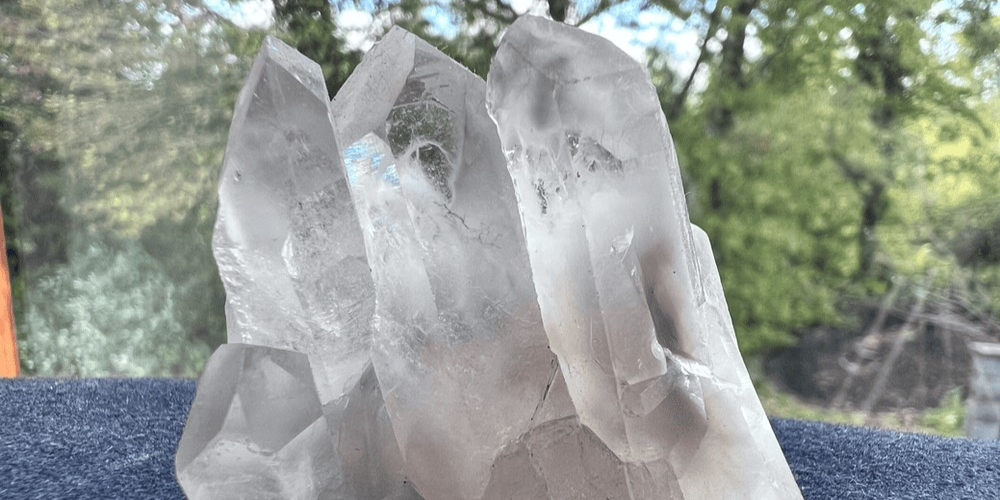
Cristal de Roche: Table of contents
- Rock Crystal Geological Formation
- Rough Rock Crystal – Raw Beauty Revealed
- Sources – The Worldwide Reach of Rock Crystal
- Historical Significance of Rock Crystal – Through the Ages
- Metaphysical Properties of Rock Crystal – Illuminating Energies
- Rock Crystal Varieties
- Rock Crystal Colors
- Durability and Wearability of Rock Crystal
- Cristal de Roche Enhancements – Preserving Natural Beauty
- Synthetic Rock Crystal – Nature in Laboratory
- Imitations of Rock Crystal – Discerning the Authentic
- Rock Crystal Care – Preserving Natural Beauty
Rock Crystal Geological Formation
Rock crystal, a variety of quartz, emerges through complex geological processes. It originates in the earth’s crust, where silicon and oxygen atoms combine to create a perfect hexagonal crystalline structure, crowned with rhombohedrons.
This remarkable structure gives Cristal de Roche its unequalled transparency and remarkable properties. Like all Quartz, Rock Crystal is found in pegmatites and hydrothermal veins.
Rough Rock Crystal – Raw Beauty Revealed
Rough Rock Crystal crystals reveal a rugged, raw beauty that fascinates gemologists and connoisseurs alike. Each crystal has hexagonal prisms terminating in rhombohedrons.
Some of the most striking shapes are single-ended, double-ended and clusters, each with its own distinctive characteristics and intrinsic beauty.
Single-ended point :
Single-ended tips have a single, well-defined point on one side and a rough base on the other. These striking formations are revered for their energy-channelling properties and are often used as healing tools.
Double-ended point :
In contrast, double-ended spikes have spikes at both ends, allowing energy to flow in several directions. These crystals are renowned for their power to balance and align energies.
Clusters :
Rock Crystal clusters are made up of multiple intertwined crystals, creating captivating formations that exude both beauty and energy. These clusters are thought to amplify and purify the surrounding energies.
Fun fact: whatever the shape or size of Quartz crystals, their long faces always meet at a perfect 60° angle.
Sources – The Worldwide Reach of Rock Crystal
Roche crystal comes from different regions around the world, with major deposits in Brazil, Madagascar, the United States and several other countries. The geological diversity of these locations contributes to the varied properties and nuances of Rock Crystal.
Historical Significance of Rock Crystal – Through the Ages
Throughout history, Rock Crystal has played an important role in many cultures.
- Ancient civilizations regarded Rock Crystal as a source of spiritual power and clarity, using it for divination and healing practices.
- The famous “crystal balls” seen in films and legends were once made from Cristal de Roche.
- Its name “Rock Crystal” comes from the Greek word “krustallos”, meaning ice, as the ancient Greeks believed that Rock Crystal was eternal ice sent by the gods. Crystal Quartz was then cut into balls to cool the hands.
- Ancient sculptures and vases in rock crystal (transparent quartz) bear witness to the historical importance of quartz in arts and crafts. The tradition of crystal cutting flourished in cities like Milan during the Renaissance.
- The piezoelectric properties of Quartz crystals have been used in a variety of applications, including phonographic cells and crystal oscillators for clocks. Today, Quartz remains an essential element for precise measurements.
Metaphysical Properties of Rock Crystal – Illuminating Energies
Rock Crystal is renowned for its metaphysical properties that promote clarity, calm and harmony.
As a “universal healer”, it is believed to amplify and purify energy, creating a harmonious environment for meditation and spiritual growth.
What’s more, Rock Crystal is reputed to improve mental concentration, intuition and emotional balance.
Rock Crystal Varieties
Rock crystal encompasses various variations of light shades, but no variety beyond quartz inclusions on a rock crystal base.
Rock crystal: Rock crystal is naturally transparent and pure.
Inclusion Quartz: Inclusion Quartz crystals exist on a transparent Rock Crystal base, such as Angel Hair Quartz, Rutile Quartz, Strawberry Quartz and many others. These varieties are absolutely magnificent and incredible to observe.
Rock Crystal Colors
Rock crystal takes its name from its transparent appearance, so it is usually perfectly colorless. In the case of inclusion quartz, colors may vary depending on the quartz.
Durability and Wearability of Rock Crystal
Rock Crystal, with a hardness of 7 on the Mohs scale, has excellent durability, making it a suitable gemstone for a variety of jewelry designs. Its brilliance and resilience ensure that Rock Crystal jewelry stands the test of time, enchanting wearers for generations.
Cristal de Roche Enhancements – Preserving Natural Beauty
Rock crystal can be lightly treated by fracture filling or surface coating to enhance its brilliance and softness.
Rock Crystal can be irradiated if it contains small amounts of aluminum, to create Smoky Quartz, or Amethyst if it contains iron.
Conversely, Rose Quartz, Amethyst and Smoky Quartz can all be heated to obtain colorless Rock Crystal.
All heat treatments on Quartz can be reversed by irradiation, and all irradiation treatments on Quartz can be reversed by heat treatments.
Synthetic Rock Crystal – Nature in Laboratory
While natural Rock Crystal is present, the advent of technology has led to the creation of synthetic Rock Crystal.
These laboratory-grown replicas reproduce the physical and optical properties of natural Rock Crystal, offering an alternative for specific applications far beyond jewelry.
It can be very difficult to differentiate synthetic Rock Crystal from its natural counterpart, as Rock Crystal, like many natural Quartz, contains very few, if any, natural inclusions to help identify it.
Imitations of Rock Crystal – Discerning the Authentic
As a prized gemstone, Rock Crystal can be imitated or counterfeited, mainly by synthetic Quartz, Topaz and Glass.
To guarantee authenticity, it is essential to purchase Rock Crystal from reputable gem dealers and to obtain appropriate certification.
Rock Crystal Care – Preserving Natural Beauty
Nurturing the timeless beauty of Rock Crystal requires delicate care. To preserve its shine, avoid subjecting it to aggressive chemicals and high temperatures. Clean the gemstone with mild soapy water and a soft brush, ensuring that its radiant charm endures for generations to come.
Mechanical cleaning can be used on Rock Crystal without inclusions or fractures, but as always, it’s best to avoid doing so when in doubt.
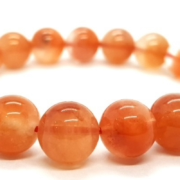
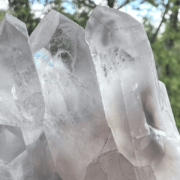
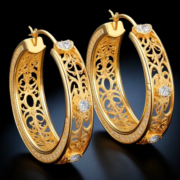
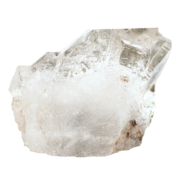

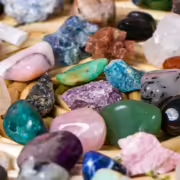
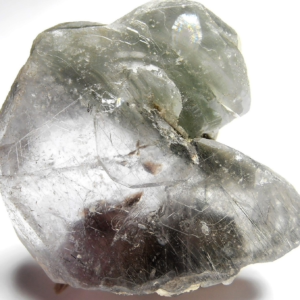
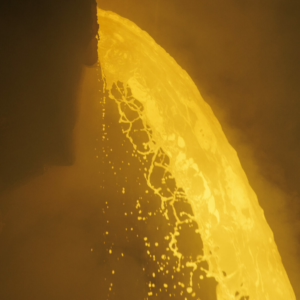
Leave a Reply
Want to join the discussion?Feel free to contribute!